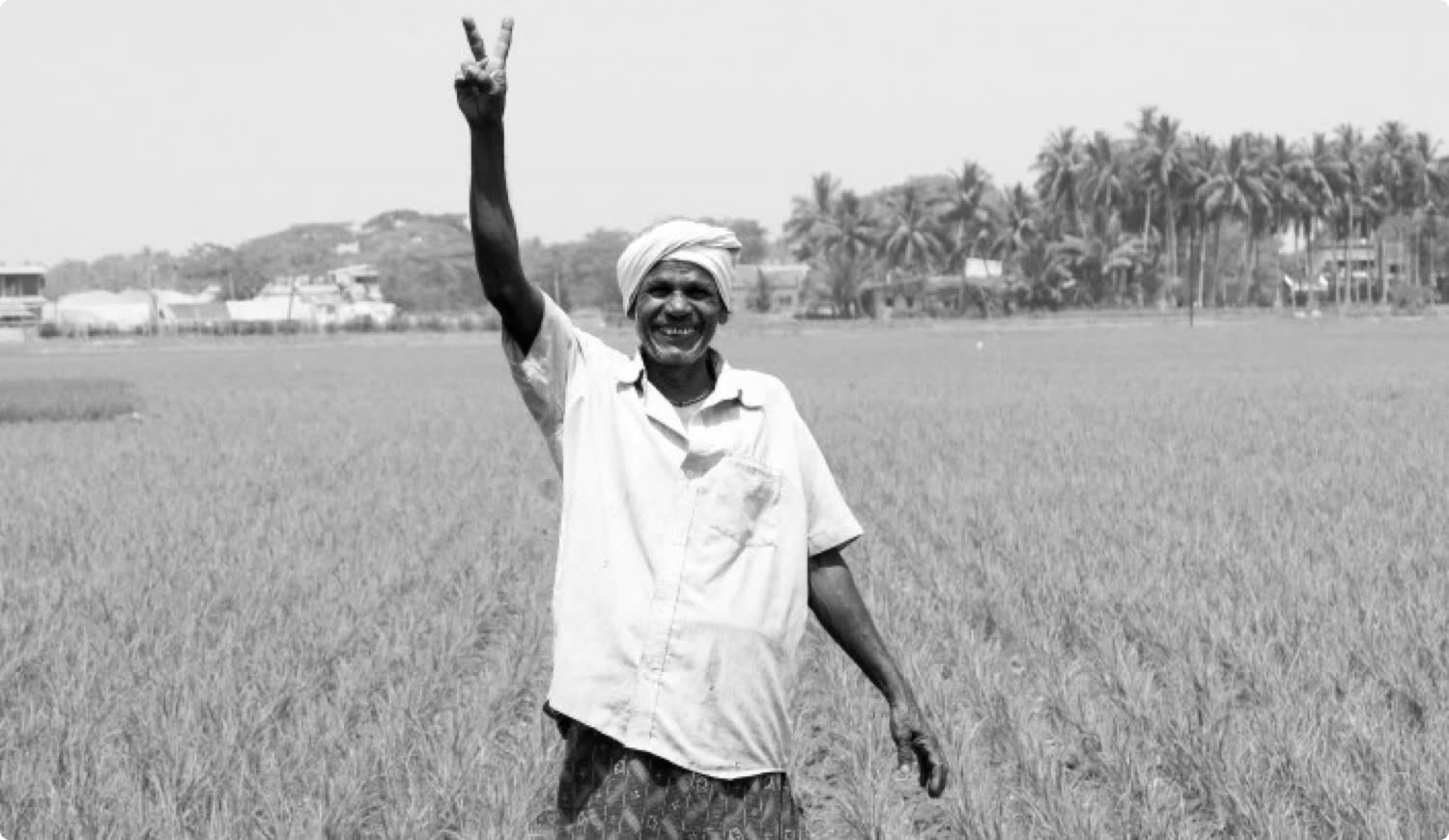India has recently seen a surge in the microfinance lending space in financial technology, with several startups providing instant short-term credit, small loans, and pay later options focused on the middle and upper-middle-class population.
Institutions have now evolved to use not only the repaying ability and credit scores of individuals but also to monitor information such as social media activity and location data to observe and learn individual behavior using artificial intelligence and machine learning, and subsequently offering loans on more personalized terms.
This is a breakthrough since it does away with the bureaucracy and paperwork of loan structures in traditional banking systems. There is no collateral, codependent, or in some cases even a bank account required to avail these loans. All it takes is an internet connection. This is interesting to observe because the very same traditional banking infrastructure was put into place under a regulatory body to eliminate any kind of inequality that came from having individual money lenders, who could change or dictate terms at will. Microfinancing, hence, has paved way for low-income families (farmers, for instance) to secure immediate funding for their rather essential goals (buying farming equipment and resources like fertilizers, for instance).
Challenges Faced By Microfinance Institutions:
However, even with the current system of microfinance institutions, lending has come around to yet again enforce exorbitant interest rates much like individual money lenders, especially in rural India. Most institutions secure their capital from banks, and since it is particularly difficult to assess an individual’s financial history, credit score, and repaying ability in low-income families the interest rates on these loans can be as high as 40%! This makes it even more difficult for agrarian families to repay their loans, setting up a financially negative feedback loop.
Additionally, since approving a large number of loans provides a greater opportunity for MFIs to establish both quantitative and qualitative positive performance, most of these loans are approved without a proper background check. This makes the borrowers more difficult to identify, and the lenders in a more difficult position to recover loans (which often even involves coercion).
The BlockChain Solution:
The ideal solution to this problem is to eliminate all possible middlemen in the system. Have individual lenders directly offer microloans to individual borrowers in good faith with zero interest rates, and hope that the borrowers repay the loan. But clearly, this is far too idealistic to be practical. This is where blockchain technology (and CodeGlo) comes in.

The most rudimentary way to implement this system would be to let lenders transfer microloans as cryptocurrency to the borrowers. This solves the problems of ledger maintenance and ID-Proofing borrowers and lenders. However, to determine the financial reputation of the borrowers, a centralized MFI can be established, which acts as:
1. The bridge between the borrowers and the lenders
2. A sort of escrow institution, and
3. A substitute for a peer group among the borrowing population
Lenders pay the MFI, MFI assesses the borrowers who have registered for loans and provides those loans, they repay the MFI which pays back the lender. All of these transactions are permanently recorded and secured to avail further capital to expand this system. Alternatively, the loans can even be securitized for the same purpose.
This system can be regulated with a continuous reputation process in place. Since blockchain’s biggest advantage is its ability to decentralize every financial institution, any individual can sign up to be a lender, a borrower, or even an MFI depending on their account, and therefore can be easily held accountable based on their reputation. Additionally, there is no chance for irregularities since all transactions made on the blockchain are universally available on the system. With current technology allowing cryptocurrency to be instantly converted to local, fiat currency, this system seems more real than ever before.
CodeGlo’s Vision:
But what really sets apart our team at CodeGlo is the ability to translate ideas into practicality. We want to make this a reality, starting right from our roots: Tamil Nadu.

According to the census estimate, the population of the state is approximately 80 million people, of which between 9 to 10 million people have been classified as the “Below Poverty Line” population by the government. Additionally, by definition, the annual income that categorizes an individual as BPL is merely Rs 2250 or less per month (approximately $30). According to some sources, the average cost of living for a family of four in Tamil Nadu is between $661 and $921 per month! Clearly, there needs to be a radical shift in the existing financial systems that govern rural economies, which place higher importance on how big a loan is over how crucial it is, and when it’s provided. A loan of just $10 to an agrarian family amidst a period of climatic extremity is worth a lot more than a loan of $20 during a good harvest season.
And we want to establish just that. Collaborating with the right people and organizations, we look forward to putting this system in place in the near future.







